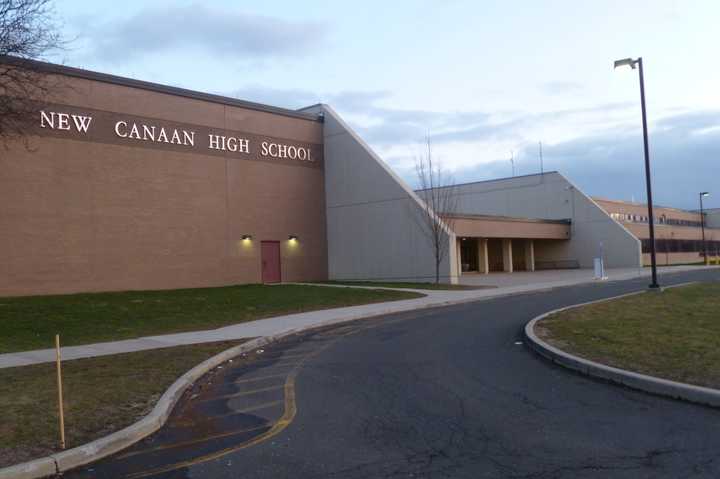New Canaan Public Schools which employs 700 certified staff has "the three Ps" in place, explained the district's Director of Human Resources Darlene Pianka. "In each building, you have a person who is the Title IX coordinator, a policy against sexual discrimination, and a procedure to address it, a grievance process" whereby all complaints are investigated. Pianka is the schoolwide Title IX coordinator.
Title IX outlaws sexual harassment and discrimination in any school or educational program that receives federal funding assistance.
The law says harassment creates a hostile environment when there's behavior that interferes with or limits staff in their ability to participate in school activities or anything going on in the school, said Pianka who the week before had attended a required six-hour state-mandated training with staff including principals, vice-principals and school psychologists in her district.
"We have a protocol in place. We're solidly in the loop of what's appropriate and what's not, ow to create and maintain a work environment where people feel comfortable and safe and there's no adverse treatment of a sexual nature."
Sexual harassment is a form of sex discrimination that violates Title VII of the Civil Rights Act of 1964. Title VII applies to employers with 15 or more employees, including state and local governments. It also applies to employment agencies and to labor organizations, as well as to the federal government, and of course schools.
According to the U.S. Equal Employment Opportunity Commission, sexual harassment is: "Unwelcome sexual advances, requests for sexual favors, and other verbal or physical conduct of a sexual nature constitute sexual harassment when this conduct explicitly or implicitly affects an individual's employment, unreasonably interferes with an individual's work performance, or creates an intimidating, hostile, or offensive work environment."
Sexual harassment can occur in a variety of circumstances, according to the U.S. Equal Employment Opportunity Commission (EEOC)
- The victim, as well as the harasser, may be a woman or a man. The victim does not have to be of the opposite sex from the harasser.
- The harasser may be the victim’s supervisor, an agent of the employer, a supervisor in another area, a co-worker or a non-employee, such as a vendor or a customer.
- The victim does not have to be the person harassed but could be anyone affected by the offensive conduct.
- Unlawful sexual harassment may occur without economic injury to or discharge of the victim.
- The harasser’s conduct must be unwelcome.
One of the ways the district works to create a positive workplace and culture for employees is by setting clear expectations for positive interactions and behaviors and communicate those expectations in a clear and regular manner.
Click here to follow Daily Voice Bridgeport and receive free news updates.

